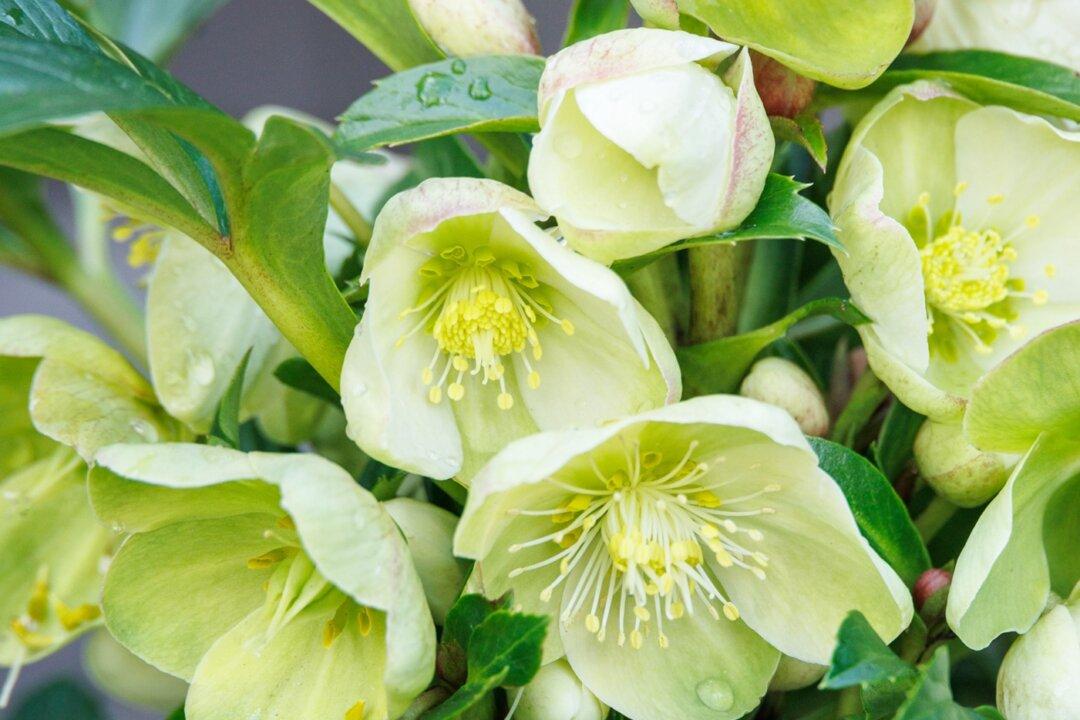Apples
A: The first thing to know about apple trees is how many days it has been since the tree was in bloom. The length of time from blooming to harvest is listed in information about every apple tree variety, but unfortunately, most people don’t keep track of that information. In this case, you may not know what variety the trees are. The number is often given as a range, such as Granny Smith apples ripening in 165 to 180 days.The second thing to look for is the color of the apple. Most apples develop some red coloring, but we are mostly looking for the lack of bright green, especially in the hollow area around the stem. Even Granny Smith, which is a green apple, will get a yellowish-green when ripe. The more important place to look for green is on the inside of the apple. Cut or bite into an apple and if the inside flesh is green, it is not ripe, except in the case of some red delicious apples that may stay greenish for a while even after harvest.
If you cut the apple in half and the seeds are white, it is probably not ripe as they usually turn brown when the apple is ripe. A late-ripening apple such as Fuji will have brown seeds, but an early ripening variety such as Gala may still have white seeds.
The next test is to see how easy it is for the apple to come off the tree. If you lift it and give it a slight twist, a ripe apple will come off. If you really have to tug at it, it probably isn’t ripe.
The best test that doesn’t fail is the taste test. If you know the apples should be ripe, try tasting one. If it tastes good, then begin the harvest, but the apples do not ripen all at once. Apples taste sweetest when the starch changes into sugar in the fruit.
Pears
Most European pear cultivars should not be allowed to ripen on the tree. Some pears such as Summer Crisp are better for eating fresh soon after harvest, and some such as Keiffer are better for preserving. European pears should be picked while they’re still firm and the color has changed from dark green to light green or slightly yellow. Or there may be some red coloring developing.These pears ripen from the inside out. If you wait until the outside looks ripe, the inside of the fruit may be mushy and brown. They also develop more grit cells that make eating the fruit kind of like eating sand. Pears are harvested at different times, and some varieties need a cooling period before ripening.
So, once the color begins to change, the fruit can be tested for maturity by pulling gently, twisting, and lifting up. It should come off easily. Another thing to look at are the lenticels. They are small pores on the fruit that allow gas exchange. When the fruit is mature, the lenticels are plugged up with brown cork as it is called. Last, we can test the fruit for ripeness by tasting it.
Immediately after harvest, many pear varieties need to be refrigerated between 31 and 50 degrees. Keep the fruit refrigerated for a few days to a few weeks.
The pear will ripen in one to three weeks after this cold storage if kept in 60 to 65 degrees. At this point, they can be canned or preserved if you want to store some fruit for ripening later. Put the fresh-picked fruit closer to the 31-degree temperature range with high humidity, such as in an open plastic bag. Do the finish temperature of the 60s as you need some fruit. If you place them in a spot where temperatures are warmer than the upper 70s, the fruit may just get soft without ripening.
If you don’t want to do all this work, plant Asian pears because they can be allowed to ripen on the tree.






